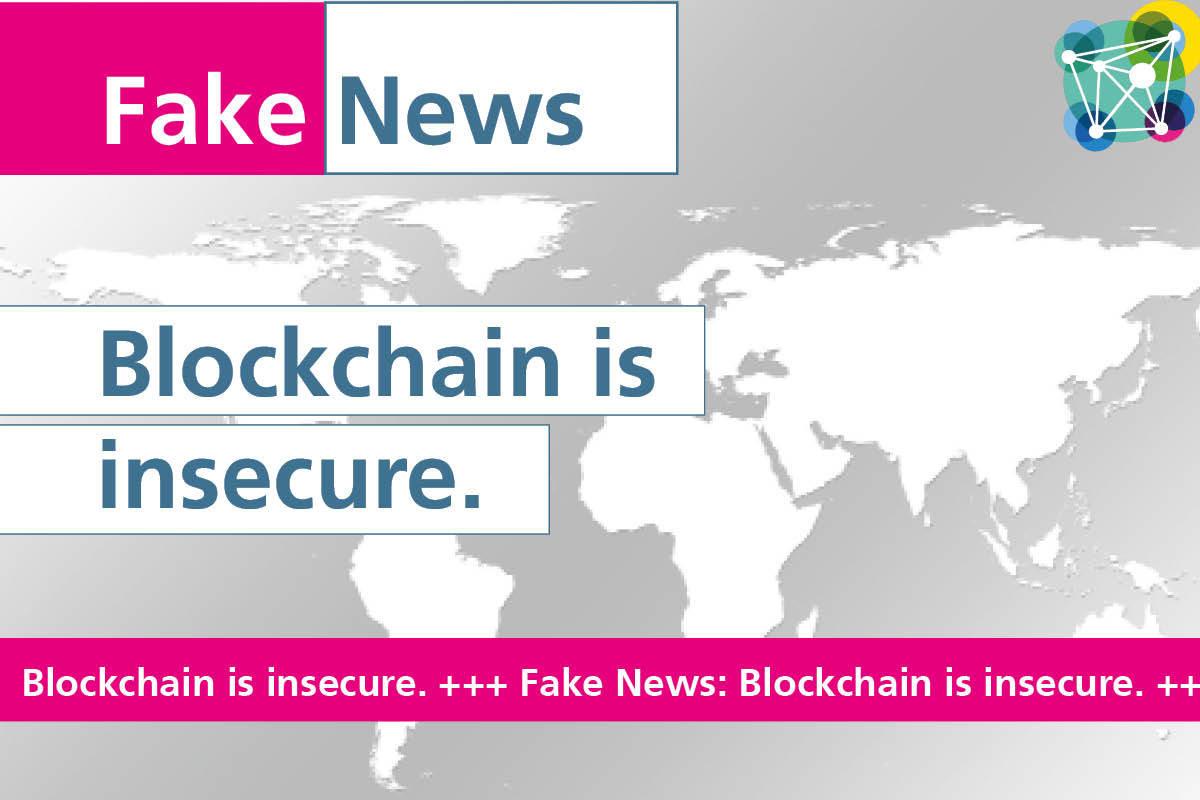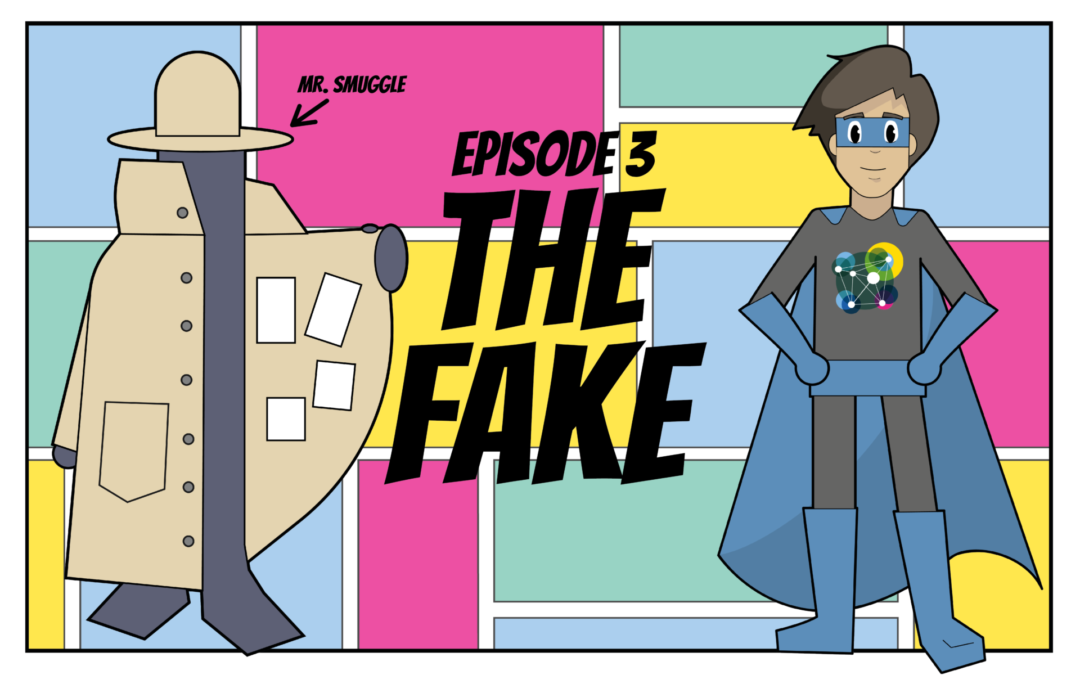There are many prejudices, misreportings and misunderstandings when it comes to the topic of blockchain. The technology offers enormous potential. So that everyone can benefit from it and the technology and its possibilities become more tangible, we clear up the prejudices.
No. 6
Blockchain is insecure!
Benjamin Franklin once said, “nothing in this world is certain except death and taxes.” He was right about that. After all, no technology in the world and no system will ever be 100 percent secure. But the fact is, blockchain technology and the principle behind it have not yet been hacked. Blockchain relies on decentralization, i.e. distributed structures, which means that hacker attacks can be securely warded off. Transactions are constantly checked by the entire network, so attacks on the blockchain are improbable. A hacker who wanted to change a network based on blockchain technology would have to hack the majority (at least 51 to 75 percent) of the nodes involved in the network. Only then would the attack have the potential to succeed.
However, the fact that blockchain technology is fundamentally secure does not mean that all services, applications or nodes linked to the blockchain are also automatically secure. It is not without reason that the community talks about 95 percent of problems being located in front of the computer. If a network participant does not secure his computer or else the device he uses to write on the blockchain, a hacker has the opportunity to access data. Digital identities can be stolen. This initially gives the hacker the same rights and access to the Blockchain as the original user. Which rights these are in detail (read, write) is determined by the authorization module.
There are different mechanisms that can quickly identify and stop such an attack. For example, the so-called plausibility check is used. If the behavior of the node does not correspond to the behavior in past transactions and activities, the participant is excluded from the network. Since the blockchain consists of blocks that build on each other and all transactions can be tracked at any time in the history, the hacking activities are quickly identified and can be cancelled.
Thus, two-thirds of all participants in the network would have to disregard their IT security, be hacked at the same time before, for example, the plausibility check detects deviations, further protective mechanisms would have to be bypassed, and only then could an attack become potentially dangerous for the blockchain network. Overall, blockchain technology is very secure and successful attacks are improbable.




